You're in the middle of a heavy squat. Your feet feel cramped in your regular gym shoes. You're struggling to keep your balance. Your toes want to spread but can't.
Meanwhile, across the gym, someone is lifting the same weight with noticeably better control and stability. What's the difference? They're wearing barefoot shoes for weight training.
Their feet are doing what feet are designed to do. They're spreading naturally. They're gripping the floor. They're working the way evolution intended.
If this sounds unfamiliar, you're not alone. Most people weight train in shoes that actually work against their body's natural mechanics. The restriction is so normal we don't even notice it until we try something different.
The shoes you wear during strength training directly impact your stability, balance, and long-term foot health. Traditional padded shoes restrict foot function, while minimalist barefoot shoes enhance stability and proprioception.
At Hideout Fitness, our approach to strength training in Irvine focuses on optimizing every variable, including the foundation you're standing on.
Your toes are meant to spread. Most gym shoes squeeze your toes together in an unnatural position, which stops them from gripping the floor and contributing to your stability system. You're handicapping your foundation before you even pick up weight.
Barefoot shoes have a wide toe box that accommodates natural toe splay. When your toes spread, several things happen simultaneously:
- Your base of support increases. A wider footprint on the floor means more stability. A tripod is more stable than a narrow base.
- Your toes actively grip the floor. This proprioceptive feedback tells your nervous system exactly where your feet are in space and how they're interacting with the ground. That information is crucial for maintaining balance during complex movements.
- Your foot muscles activate more fully. When your toes can spread naturally, the intrinsic foot muscles (the small muscles within the foot itself) engage completely. These muscles contribute directly to your stabilization system, actively keeping you stable under load.
You'll notice the difference the first time you lift. People switch to barefoot shoes and instantly feel more connected to the ground. Balance improves. You have more control. Your nervous system gets clearer feedback because your feet can actually function.
For any lift where stability counts (squats, deadlifts, Turkish getups, overhead pressing, single-leg work) your toes need to spread. If they can't, your barefoot weight training foundation is already compromised.
Most traditional gym shoes have a heel lift. There's cushioning under your heel that creates a height difference between the heel and the toe. This is called the "drop" or "heel-to-toe drop." It makes sense for running shoes, but zero drop weight training shoes work better for strength training.
When you stand on a surface with a heel lift, your body is already in a slightly forward-leaning position. This shifts your center of gravity. Your ankles, knees, hips, and spine all have to compensate. You're starting from a compromised position before you even begin your lift.
What Zero Drop Means
Zero drop minimalist shoes mean the heel and toe are at the same height.
Your foot is completely flat. Your body is upright and neutral. Your center of gravity is exactly where it should be. This single feature eliminates a source of instability.
Beyond the heel lift, barefoot shoes provide minimal cushioning between your foot and the ground. Cushioning creates a barrier between you and the floor. It's like trying to balance on a marshmallow instead of concrete. You have less proprioceptive feedback about what your foot is actually doing and where it's positioned.
Direct Ground Contact and Proprioception
With zero drop and minimal sole material, your feet stay in direct ground contact. The feedback goes straight up through your nervous system. Your brain knows exactly what's happening: pressure distribution, micro-adjustments, everything. That's how you maintain perfect stability.
When you're squatting or deadlifting heavy, the difference is real. A traditional shoe with heel lift and padding leaves your feet basically isolated from the ground. You're working around it instead of with it. A barefoot shoe with zero drop makes your feet part of the lift, doing their actual job.
Most people spend their whole lives in shoes that do the work for them. Those muscles get weak because they don't have to work. Traditional padded gym shoes have arch support built in that holds your arch for you.
Think of it like wearing a back brace all day. The muscles you don't use get weaker. Over time, weak foot muscles lead to collapsed arches, plantar fasciitis, and ankle instability. The problems travel up from there: knee pain, hip issues, lower back trouble.
What Barefoot Shoes Do Differently
Barefoot shoes have minimal arch support. Your arch has to work. It has to engage and stabilize itself. This is uncomfortable at first because your foot muscles have probably been dormant for years. That discomfort signals you're waking up muscles that should be active.
The Timeline
It takes weeks and months, but it happens. Your intrinsic foot muscles strengthen. Your arch becomes more resilient. Your foot alignment improves. Your ankles get more stable.
The Cascade Effect
One thing leads to another. A stronger arch means better weight distribution. Better weight distribution means less stress on your knees and hips. Better foot alignment means your whole kinetic chain (ankle, knee, hip, spine) works more efficiently. Lifters with strong feet move better and get injured less.
Why This Matters
Most common training injuries trace back to weak feet: knee pain, shin splints, ankle problems, lower back pain. Fix your feet and you fix a lot of other problems.
You get results now and prevent injuries later. That's the real payoff. Building arch strength through minimal support works better than relying on external support that weakens the muscles you actually need.
If you're coming from traditional padded shoes, you need a gradual barefoot shoe transition. Your feet have to adapt. The muscles have to wake up.
Here's how to make the transition without injury:
- Start with easier training days. Don't try to hit a personal record in barefoot shoes on your first day. Your feet and nervous system need to learn how to stabilize with minimal support.
- Wear barefoot shoes for part of your training sessions at first. Maybe use them for lower body work but stick with traditional shoes for upper body. This gives your feet progressive exposure without overwhelming them.
- Gradually increase the proportion of your training in barefoot shoes. After a few weeks, you can transition to using them for more sessions. This typically takes four to eight weeks. The timeline depends on how weak your feet are to begin with.
- You'll probably feel sore in your feet and lower legs. That's normal. Your arch muscles have been dormant for years. They're waking up. This is adaptation soreness, not injury soreness. Ice and massage help. Give it a few weeks and it goes away.
You'll feel the difference right away.
Shoe Selection
What barefoot shoes should you get?
Look for zero drop minimalist shoes with minimal cushioning and a wide toe box. Vivobarefoot, Xero Shoes, and Vibram FiveFingers are solid options for weight training. Some lifters prefer completely flat barefoot lifting shoes.
Find what feels most stable for you. Ground contact and proprioceptive feedback matter more than the brand.
What you stand on during your lifts actually matters. A lot.
Working with our Orange County fitness coaching team, we customize everything to your body, your schedule, and your goals. Whether you train one-on-one or in small group sessions, we account for your individual needs and circumstances.
Barefoot training is more than just shoes—it's about building a foundation that supports every lift you'll ever do. When your feet function properly, everything else follows.







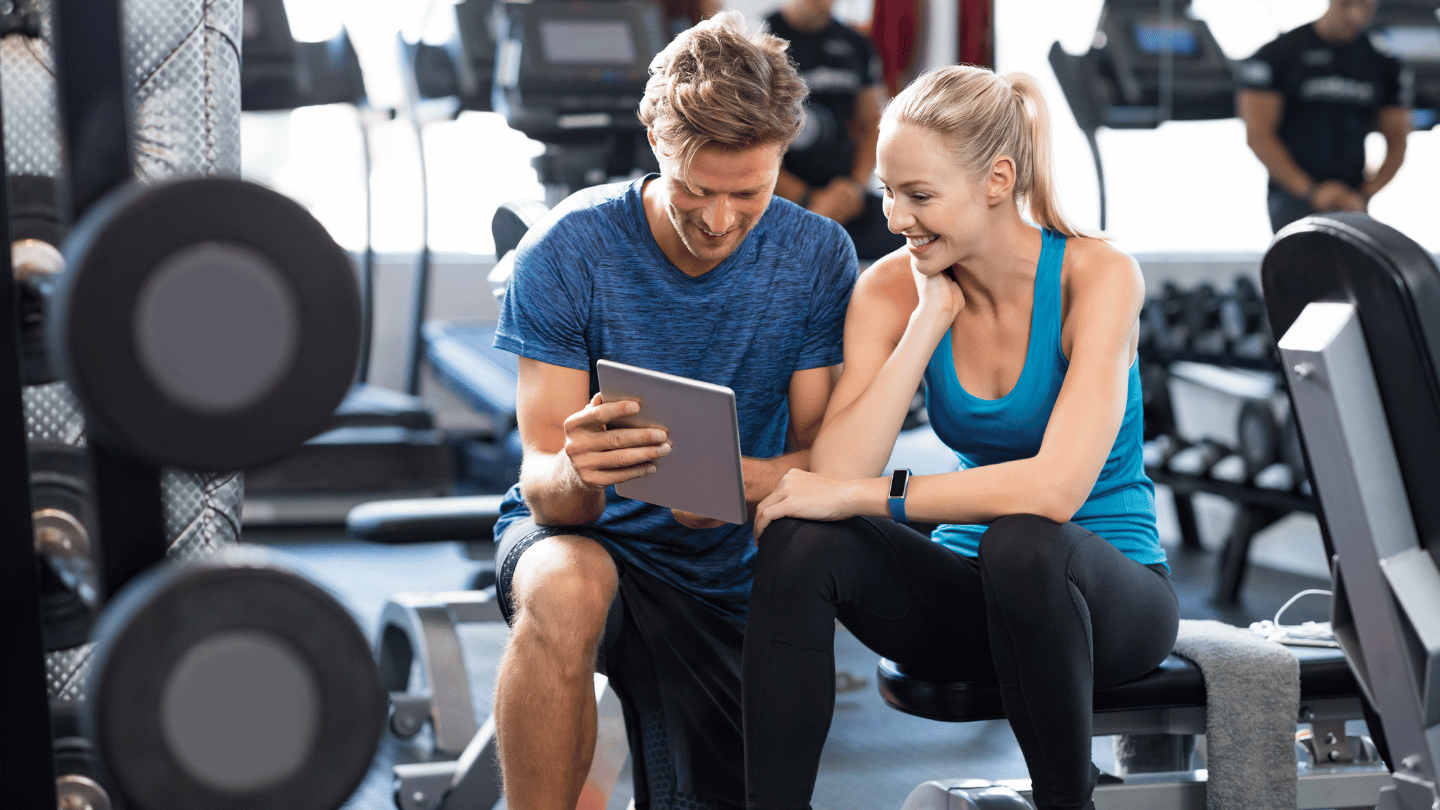

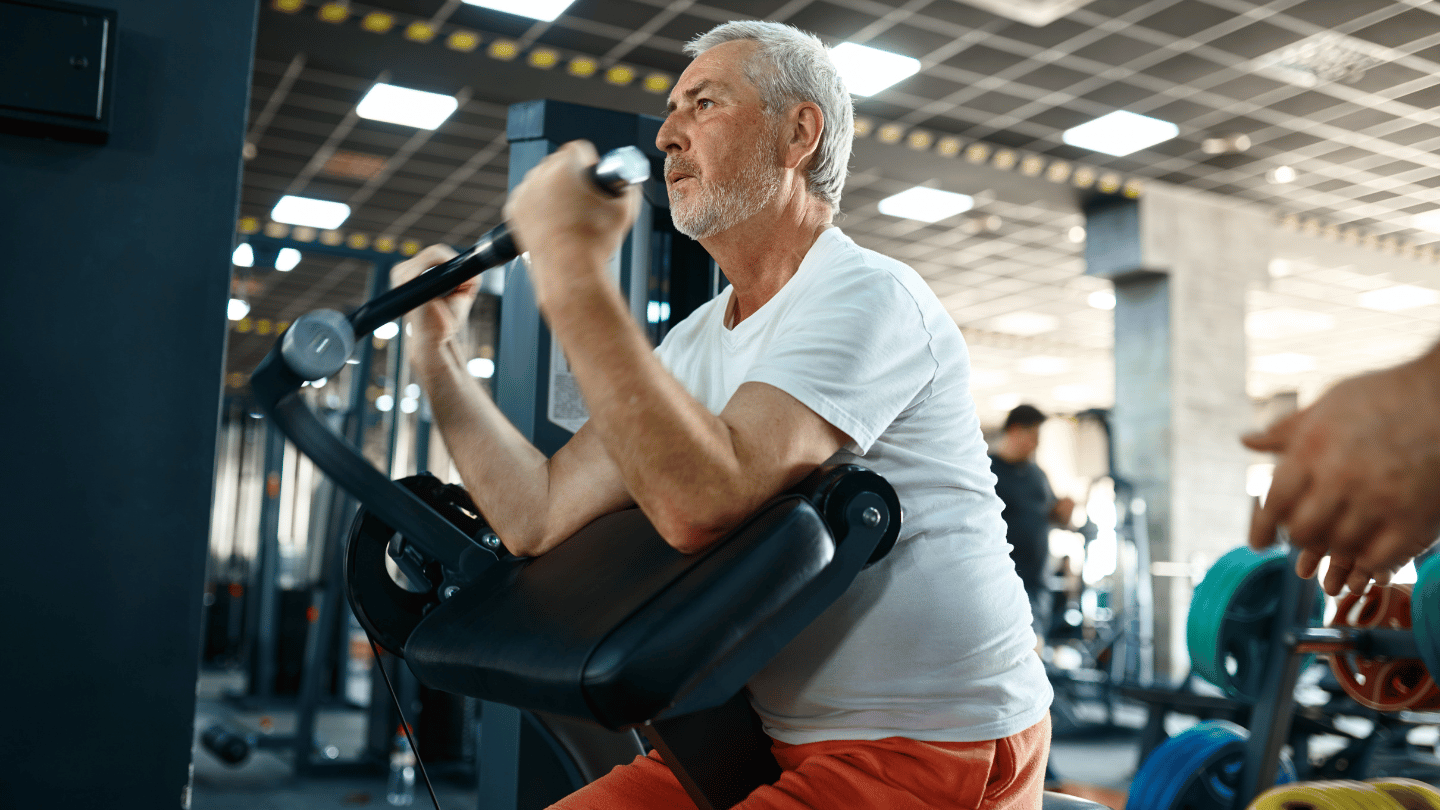

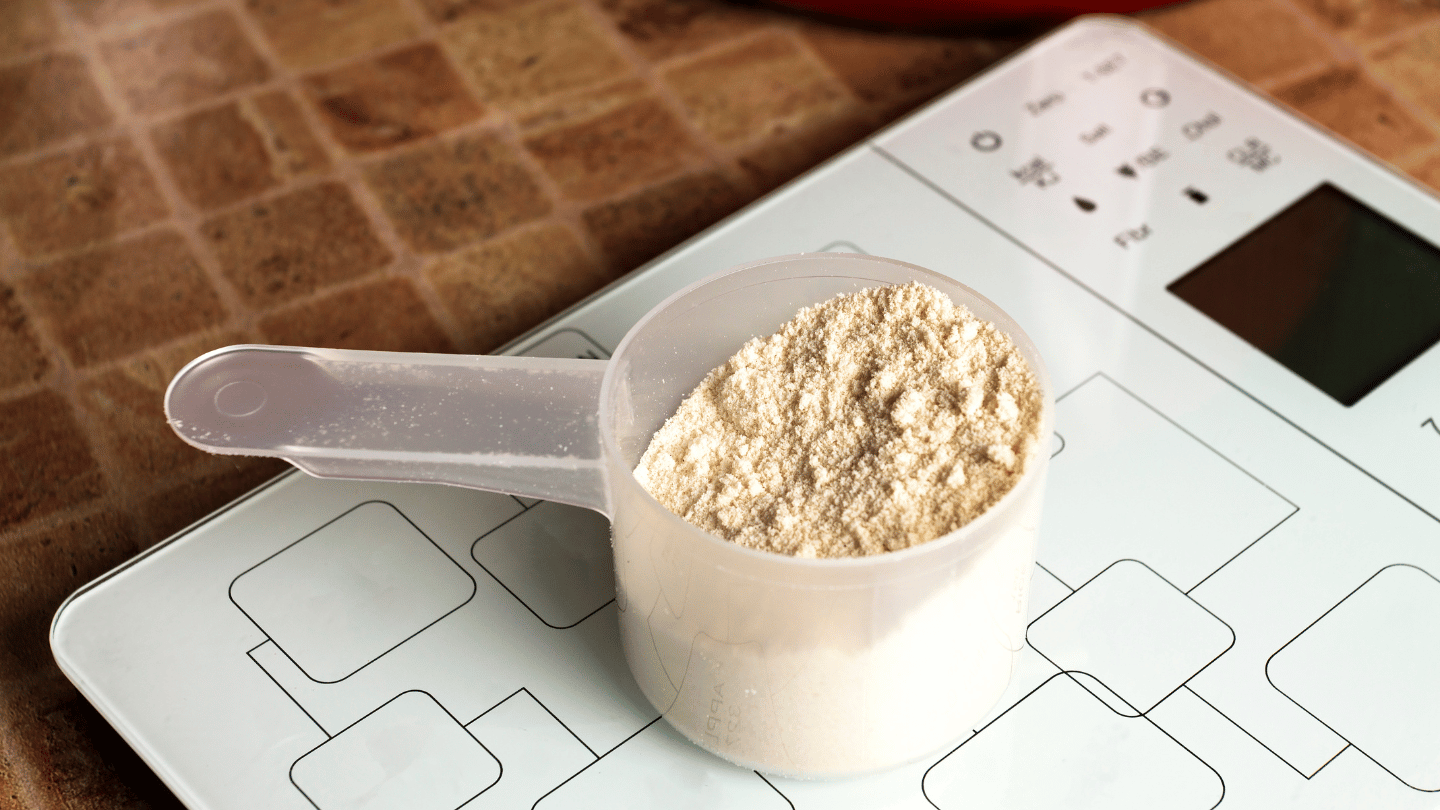

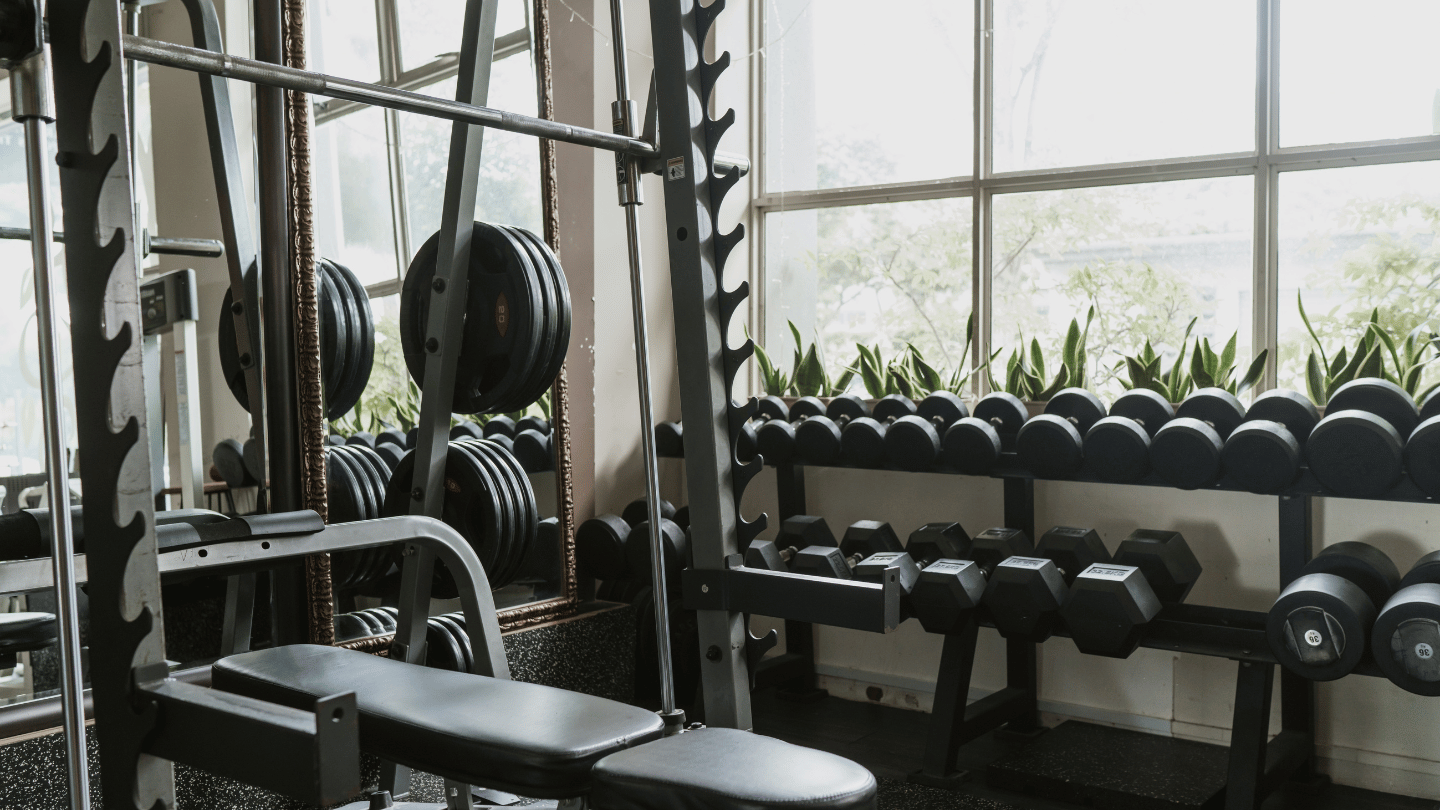

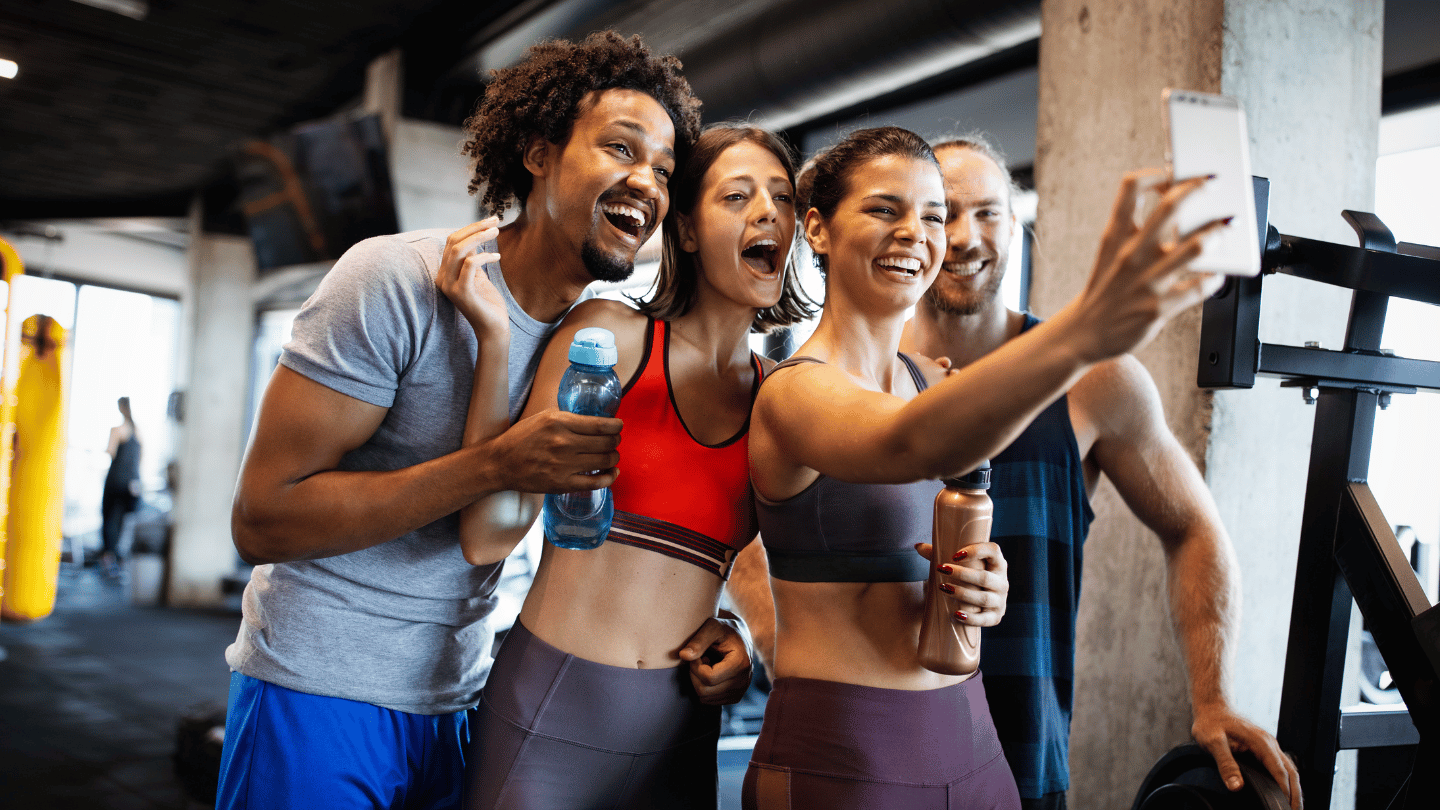

.png)
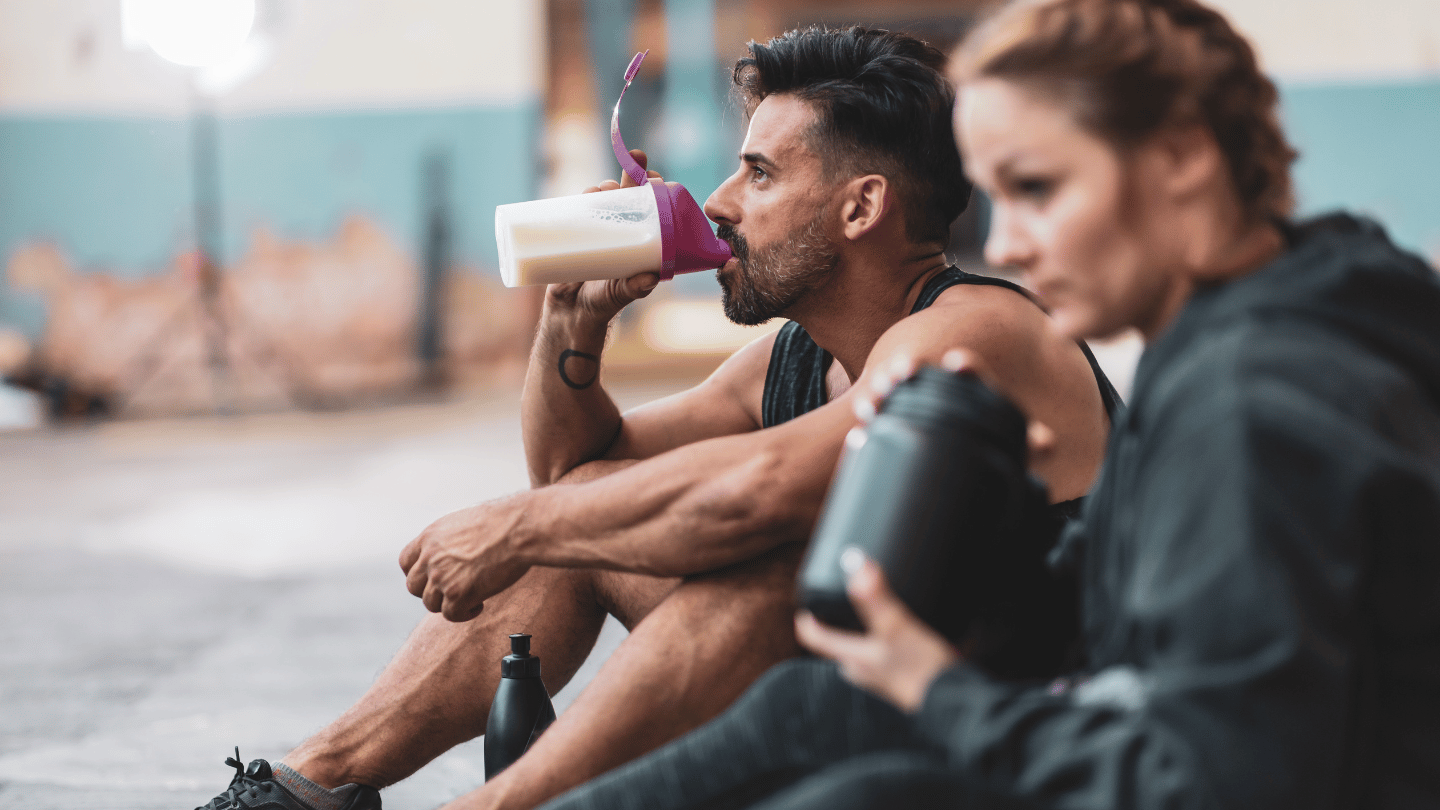










.png)




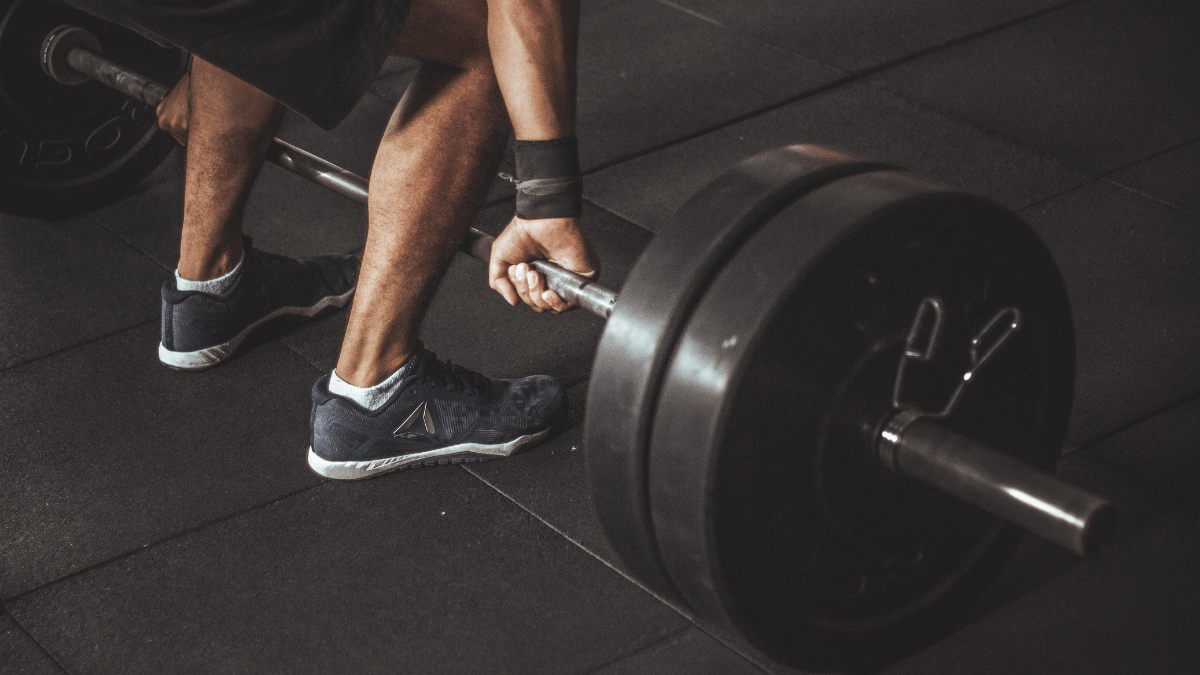





















.png)
.png)
.png)



























.png)
.png)
.png)
.png)
.png)
.png)
.png)
.png)
.png)
.png)



.png)
.png)